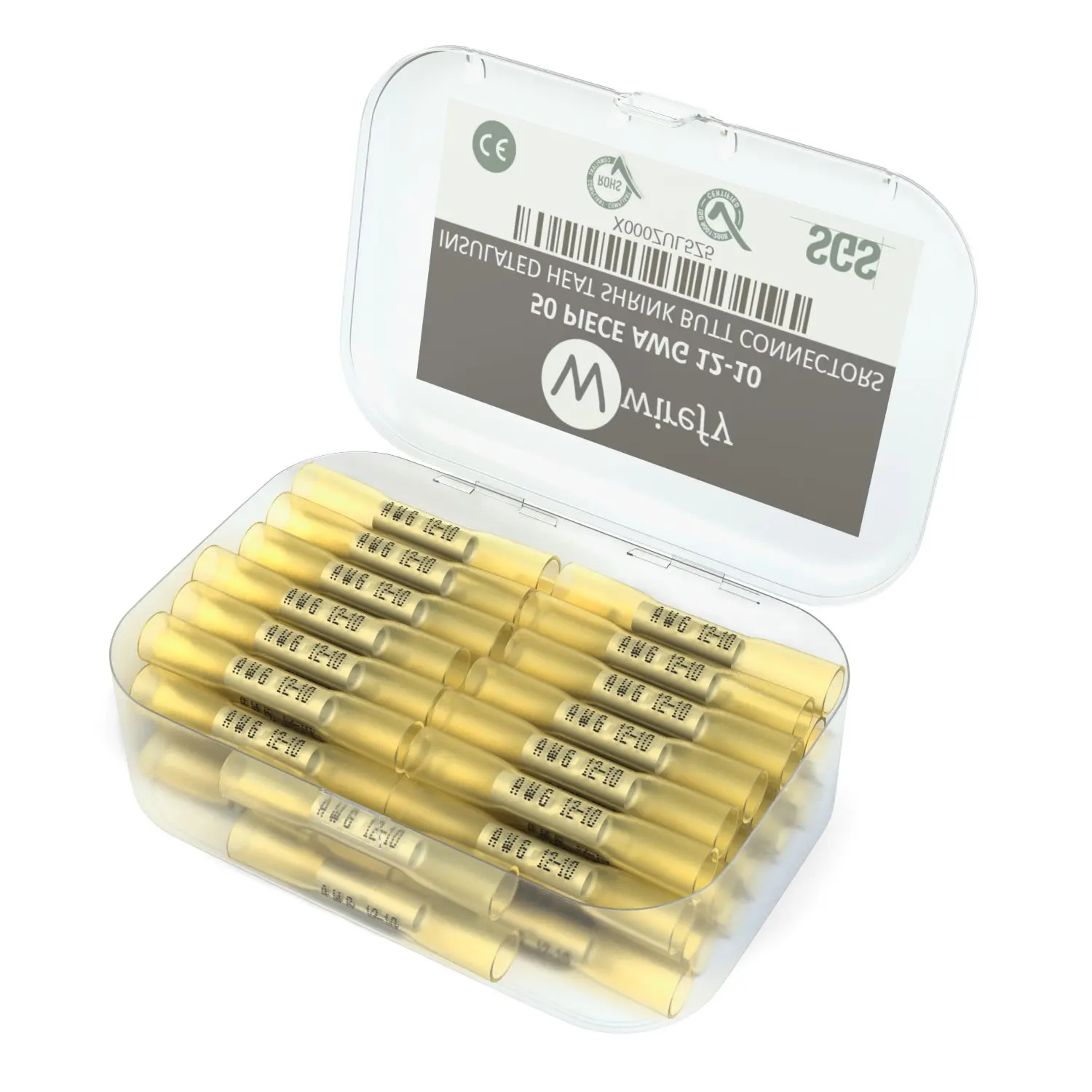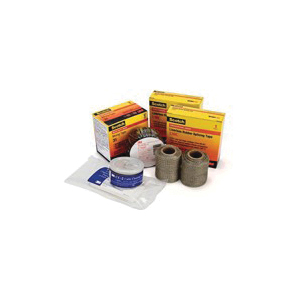
When running electrical wires above ground under outdoor decks, make a point of running and fastening it parallel to the joists. You can use PVC conduits for above- and below-ground conduits since they don’t rust, degrade, or deform. That is why you must use a wet-rate wire and box. If you find any holes in the conduit, close them up, else the conduct can carry water along with the wire. Just make sure you don’t accidentally pour boiling water over the area. PVC conduits are known for their longevity and ability to offer safety to the wires inside and are therefore one of the best materials for conduits you can go with. We recommend going with a UF rated conduit and if the conduit is going to be exposed to sunlight, look for a UV stable one. This means that if there is a damp/wet spot in your lawn or under the deck, try to work the conduit around it.įurthermore, it should be high enough that animals or pests can’t nibble on it. Reasonable effort should be made to protect the conduit from damage.
#Entry wire underground splice kit code
Conduits are strictly required by code (and common sense, actually). Under no circumstances should you forget about the conduit when running an electrical wire under outdoor decks. The ConduitĪ various electrical conduit installed outside Many recommend metal, but in our experience, it tends to rust pretty quickly in an outdoor environment – even if galvanized (which will present problems of its own). When running a wire for earthing, do so within a plastic conduit. Just remember to stick with the same color throughout your wiring. Again, Europe, Asia, and most of South America uses red while in the US there have been cases where we have seen a myriad of colors as the negative. In Europe, Asia, and most of South America, white wire is used for neutral while in the US, gray wire is also used. At the end, you will have some to spare as well which a DIY-er such as yourself can always find use for later. For an economical and lasting solution, we recommend that you invest in the 500 feet rolls. We recommend investing in 3 rolls of wire for this.
#Entry wire underground splice kit install
You might be able to install them correctly but the next person might not be so lucky. Non-metallic wires (NM) will work here and are actually used in many third world countries, but in the UK and US, using these is against code. Apart from code, if you are running NM wires, running them through a conduit is going to be a nightmare for you – not to mention how it will throw your calculations off.Īnother problem you are likely to face is that NM wires aren’t labeled on the inside, thus introducing uncertainties. Just remember that while stranded wire is easier to work with, it isn’t as easy to terminate (prepare the ends for connection). The choice between solid or stranded wire is yours to make. There isn’t much of a cost difference, but there is a huge difference in utility. THHN means Thermoplastic High Heat-Resistant Nylon coated wire, while THWN means Thermoplastic Heat and Water-Resistant Nylon Coated. When searching, you will find that wires will be rated as THHN or THWN.

When choosing the best wire for the task, make a point of choosing wires with a wet rating. Although you’re not building a commercial building, since the wire will be relatively exposed to the elements and animals, for your own safety, run just one wire per conduit. When wiring, you will run a single wire per conduit, which is code requirement for all commercial buildings. Yes, it’s economical and is a nonmetallic wire, but Romex isn’t suitable for outside use. We have discussed Romex wires quite a bit in our blog, but it is important to note here that you can’t just run Romex wire when running electrical wire under outdoor decks.

Let’s look at these instructions in a bit more detail. It is essential that you fasten your wiring parallel to the joists and not your deck’s floor to eliminate any chance of a mishap. If the wiring is above ground, conduits will have to be fastened to the underside of your deck at least 1 foot high and must not be sagging at any point. Under both circumstances, it is essential that you use external grade wiring and run it through conduits. If we are to look at the code requirements for running electrical wires under outdoor decks, they offer specific guidelines for above and underground wiring.


 0 kommentar(er)
0 kommentar(er)
